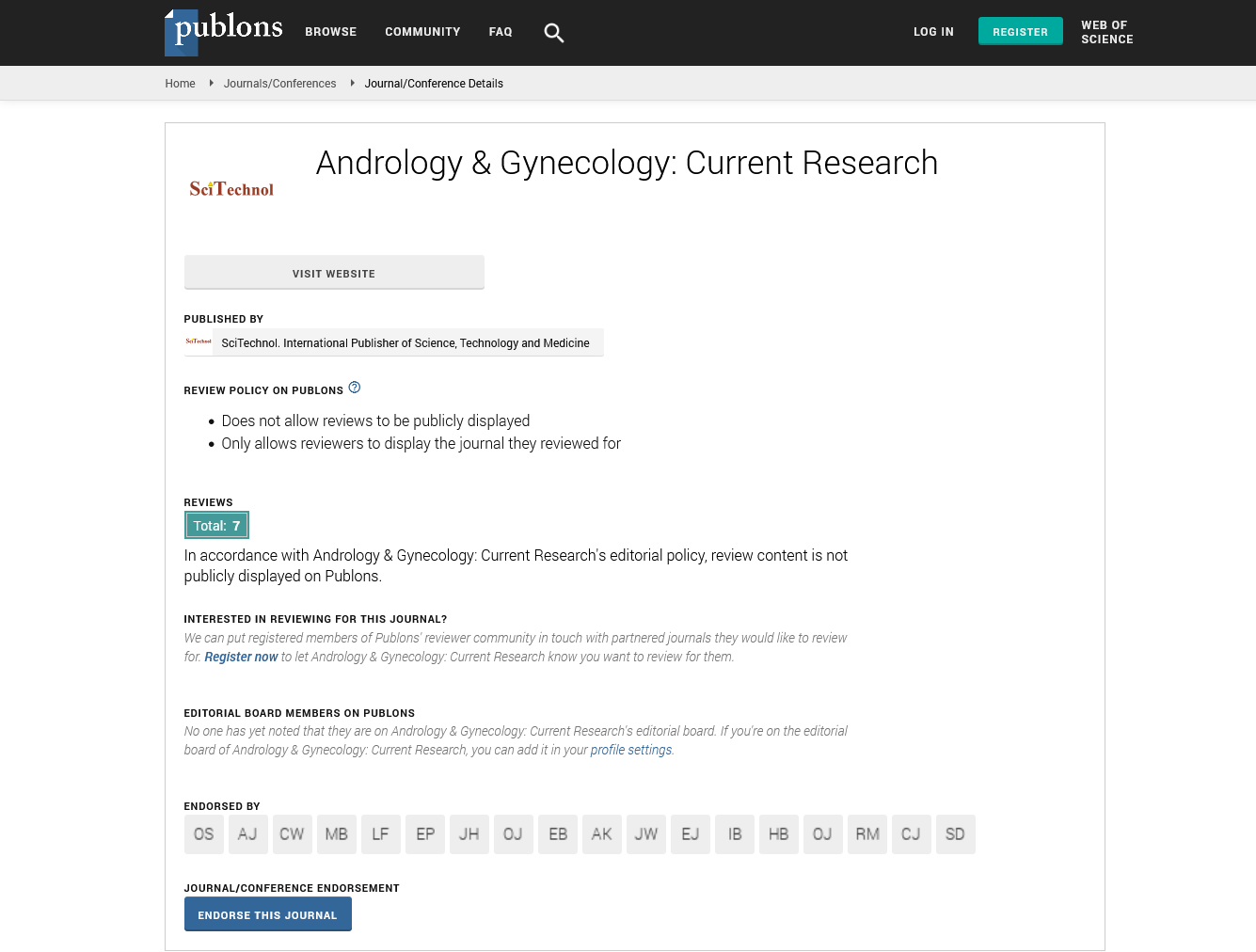Review Article, Androl Gynecol Curr Res Vol: 1 Issue: 4
Spatial Arrangement of the Microvascular Bed in the Human Placenta
| Marie Jirkovská* |
| Institute of Histology and Embryology, First Faculty of Medicine, Charles University in Prague, Albertov 4, CZ-12801 Prague 2, Czech Republic |
| Corresponding author : Marie Jirkovská Institute of Histology and Embryology, First Faculty of Medicine, Charles University in Prague, Albertov 4, CZ-12801 Prague 2, Czech Republic Tel: (4202)24968124; Fax: (4202)24919899; E-mail: mjirk@lf1.cuni.cz |
| Received: May 17, 2013 Accepted: September 20, 2013 Published: September 23, 2013 |
| Citation: Jirkovská M (2013) Spatial Arrangement of the Microvascular Bed in the Human Placenta. Androl Gynecol: Curr Res 1:4. doi:10.4172/2327-4360.1000110 |
Abstract
Spatial Arrangement of the Microvascular Bed in the Human Placenta
The knowledge of the spatial arrangement of microvascular bed is necessary for understanding the organ function. Various models and functional interpretations of the spatial organization of placental microvascular bed were created in the past decades however their plausibility was highly influenced by technical level of used methods. In this paper, methods and results of those studies are summarized and discussed. As the placenta in utero is hardly accessible for examination, the data regarding spatial arrangement of microvascular bed were obtained from ex vivo studies after termination of pregnancy. Imaging methods, i.e. X-ray angiography, X-ray microcomputed tomography and nowadays also MRI yielded information mainly on the spatial distribution and quantitative parameters of placental arterial system. The combination of SEM and corrosion casts demonstrated that capillaries of terminal villi branch from arterioles of mature intermediate villi, some capillary segments interconnect the capillary bed of neighboring terminal villi, and venules are arranged parallel with arterioles of mature terminal villi.
 Spanish
Spanish  Chinese
Chinese  Russian
Russian  German
German  French
French  Japanese
Japanese  Portuguese
Portuguese  Hindi
Hindi 


